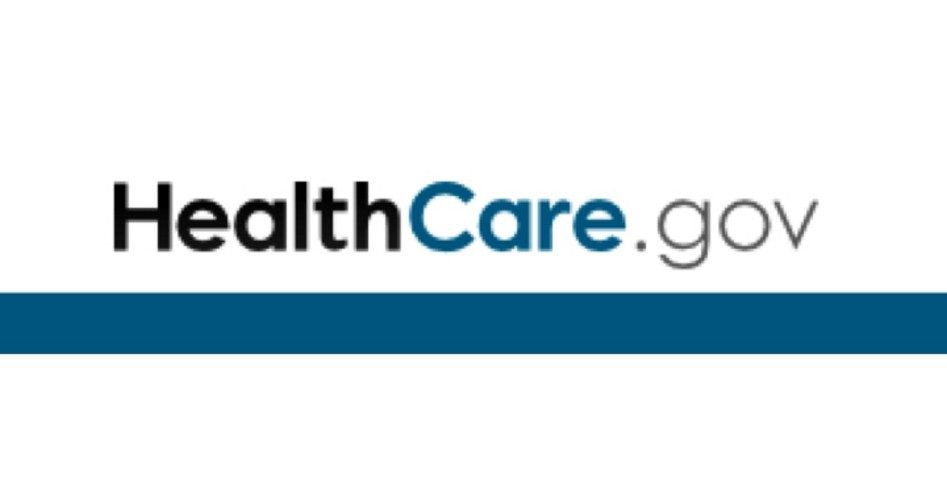
With just over 50,000 people completing ObamaCare applications in the first week of the law’s implementation, it could be in danger. According to sources inside the Department of Health and Human Services, just 6,200 Americans applied for health insurance through the government website on October 1, the day it was opened to the public, and less than one percent of all visitors to Healthcare.gov actually enrolled in a health insurance exchange.
Ninety-nine percent of all visitors to HealthCare.gov left the site before enrolling.
Millward Brown Digital, a company that tracks web traffic, provided figures from the first week of online Obamacare health insurance exchanges.
“Over the course of Obamacare’s first week, 9.5 million people visited healthcare.gov, the federal government’s official healthcare website and the de facto exchange for residents of two thirds of the states,” wrote Matt Pace at the company’s blog. “In addition, the 16 operational state-run exchanges combined to attract over 3.1 million visitors during the same period.”
“In total, 11.3 million consumers visited the federal and state exchanges during their first week of operation,” he explained. “Unfortunately, what started as a fire hose of interest, resulted in only a small trickle of actual healthcare enrollments.”
Pace added that just slightly over 200,000 people who visited the site were able to register an account, but the overall figures remain bleak. “In the end, just 36,000 consumers, or 1% of all those who attempted to register for the federal exchange, successfully enrolled in Obamacare,” wrote Pace, noting that website wasn’t ready for the traffic it received, which he equated to the “daily traffic on Target.com.”
Furthermore, based on the figures from the first week, National Review’s Jim Geraghty estimates that ObamaCare will have approximately 820,000 enrollments by the time open enrollment ends on March 31, 2014. By comparison, the administration had hoped to acquire 494,000 enrollments by the end of October.
Geraghty puts those figures into perspective.
According to the Kaiser Family Foundation, “Over 47 million nonelderly Americans were uninsured in 2012.” So the exchanges are on pace to get 1.7 percent of the uninsured with completed enrollment for insurance.
Officials in the administration purported to not be aware of the actual figures, likely hoping to sidestep questions about the implications of low enrollment. The Health and Human Services Department has announced that it will not release any enrollment data until next month, perhaps in the hope that by then the figures will appear less paltry.
But the Wall Street Journal contended that any indications from the administration that they do not have figures is false.
The states running their own exchanges report enrollment more regularly, which ranges from the low thousands in big states like California to a single person so far in Delaware. Literally, one. And the HHS-run exchanges are designed to make daily reports, seven days a week.
And some continued to assert that despite the poor figures, ObamaCare is popular. Justin Nisly, spokesman for Enroll America, an organization that aids Americans in signing up for ObamaCare, insisted that people have been “enthusiastic” and “grateful” for the healthcare law.
Others also tried to put a positive spin in the data. “HealthCare.gov received 14.6 million unique visits in the first 11 days, showing intense demand for quality, affordable health insurance,” insisted HHS spokeswoman Joanne Peters, whose department operates HealthCare.gov. “While traffic is down somewhat from its peak on Day One, it remains high as Americans continue to seek to learn more about their new coverage options.”
Without a significant increase in the number of enrollments, ObamaCare may undergo what insurance experts dub a “death spiral,” driving insurance rates up for those who have coverage on the health insurance market — a phenomenon recently referenced by the Economist:
Obamacare’s main goal is to expand access to cheap insurance. It offers subsidies to those who cannot afford it and bars insurers from charging people more because they are sick. The sick who lack insurance will probably keep trying to enroll. The young and healthy may give up more quickly, if it is too difficult.
And if they do, the insurance firms that offer policies via the exchanges will find that their pool of customers is disproportionately sick and costly to cover. This may spur them to raise prices for everyone, making the young and healthy even less likely to enroll, despite the small fines they would have to pay if they lack insurance.
A death spiral could follow.
Some analysts assert that the poor enrollment is a result of coding and design problems connected to the website. Additionally, UnitedLiberty.org contends that the “decision to put income verification at the start of the enrollment process, thus allowing potential enrollees to see subsidy eligibilty so they wouldn’t be scared off by rate shock” was another reason the exchange site experienced issues.
Texas Republican Rep. Kevin Brady, chair of the House Ways & Means Health Subcommittee, observed, “If the numbers are accurate, they show that relatively few people have navigated the challenges of the first step of the process — roughly the population of a small town in my district.”
“The White House and HHS have continually claimed they did not have these figures,” Brady told the U.K.’s Daily Mail. “If they do, they have misled the Congress and the American people.”
And the Daily Mail asserted, “The low numbers also reflect a level of technological frustration on the part of Americans whose attempts to investigate their new health insurance options have been met with crashes, error messages and interminable delays.”
The failed ObamaCare website should raise questions considering its cost: “HealthCare.gov is an unmitigated, $400-million disaster,” declared Rep. Phil Gingrey (R-Ga.). He continued,
Deadlines have been repeatedly missed. The databases that store sensitive medical and financial information aren’t secure. Those attempting to enroll in health care exchanges have been unable to do so due to technical “glitches.” Worse still, these same individuals will be slapped with a penalty tax for being uninsured. If the federal government is unable to manage this website, how can they possibly manage our country’s health care system?
The site was designed to serve as many as 50,000 people per hour, a figure that is now being heavily criticized as it fails to address the needs of the 50 million uninsured people in the country, with an additional 15 million who are currently buying insurance on the individual market and will have to change.
But low enrollment could very well be an indicator of something more.
The Daily Mail reported, “The anemic totals suggest a far lower level of interest in coverage through the Affordable Care Act than the Obama administration has hoped to see.”
This could spell trouble for the administration. CNBC writes,
In order to keep prices on those plans affordable, Obamacare proponents are pushing to get 7 million or so people enrolled by 2014, and in particular are hoping to get nearly 3 million young adults to enroll. Those younger people are seen as crucial, because their premiums will help offset the costs of benefits paid out to older enrollees, who as a group have more health problems.




